The first turbo cars

Given the American belief in the old adage that 'you can't beat cubes' it's perhaps surprising that the first production road cars to be fitted with turbos were small-block V8s. The one that started it all was the Oldsmobile F-85 Cutlass which just didn't cut the mustard with its regular 3.5 litre motor - so Olds bolted-on a Garrett AiResearch turbo to create the 'Turbo-Rocket' engine, dropping it into a pillarless coupe body and calling the result the 'Jetfire'. It produced 215 bhp (compared with the base car's 155) but could still manage only 110mph. Reliability issues and the need to feed it with a 50-50 mix of distilled water and methanol to prevent 'pinking' meant it was dropped within a year. International Harvester achieved greater success, however, by bolting a turbo to the 152 ci, four cylinder engine of its 'Scout' SUV in 1965. It was phased-out after three years when the normally-aspirated 196ci motor proved to be more economical to run, despite producing the same 111 bhp.
1970s
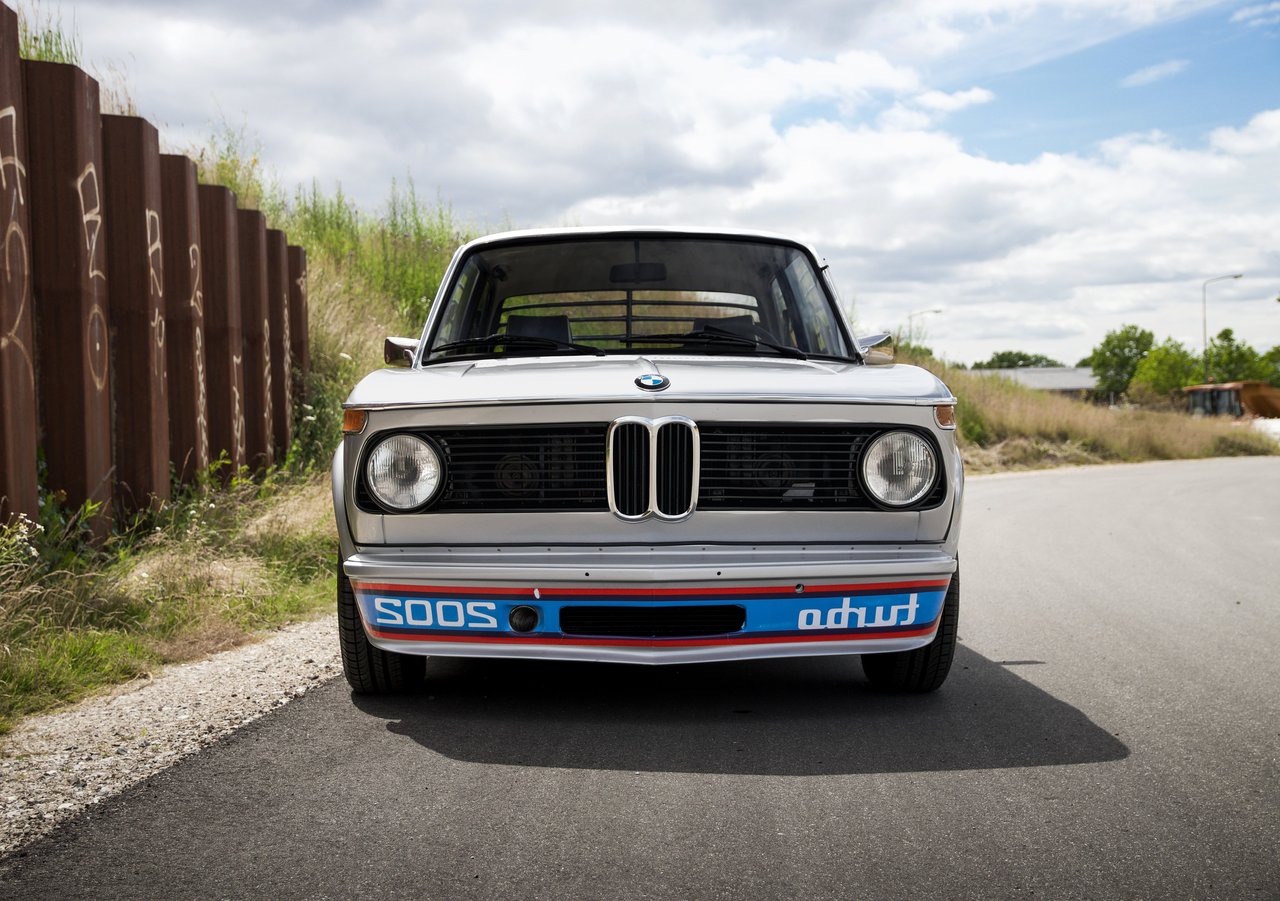
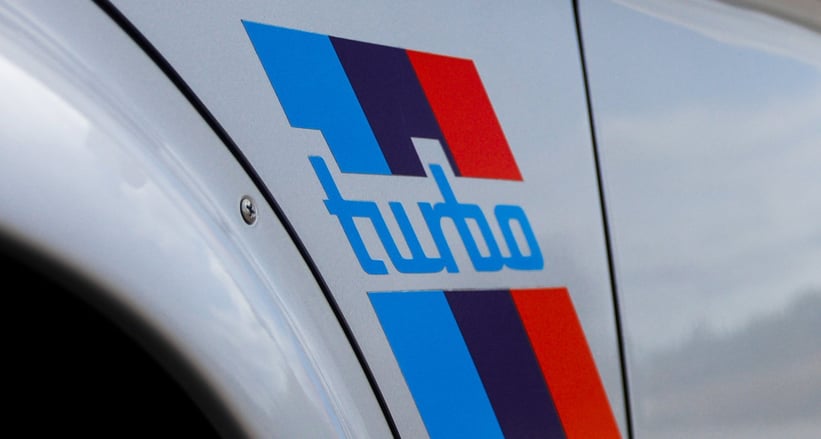

It was not until European manufacturers embraced the turbo concept in the early 1970s that things really got moving. Famously, the first Euro marque to unleash a turbocharged car onto the general public was BMW with a garish version of the fabulous 2002 two-door saloon. The pumped-up 2002 Turbo featured a 'mirror writing' logo on its bonnet lip to warn slower drivers up ahead what was looming - possibly to ensure they weren't in the way when the two-litre Tii engine finally overcame the lengthy lag of the KK&K turbocharger which, when fully spooled-up, gave the car an extra 40bhp over standard and enabled it to touch 125mph. But, having been introduced in 1973 with an oil crisis biting, the 2002 Turbo soon ran out of road and just 1,672 were built. For the '75 model year, however, Porsche threw caution to the wind of forced induction and launched a future legend in the form of the 911 Turbo, complete with IROC-style fat arches, a whale tail and a whopping 260 bhp. With just four gears and loads of lag, it was truly mad, bad and dangerous to know. In contrast, Saab's brilliant 99 Turbo of 1978 was tame in town but wild on the open road.
1980s

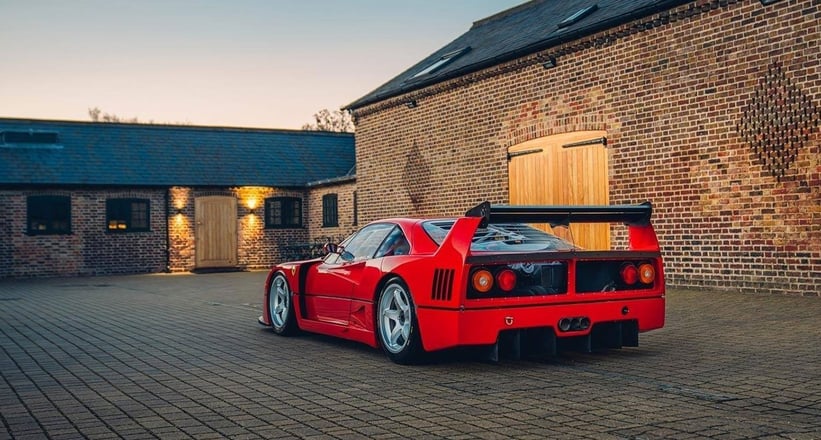
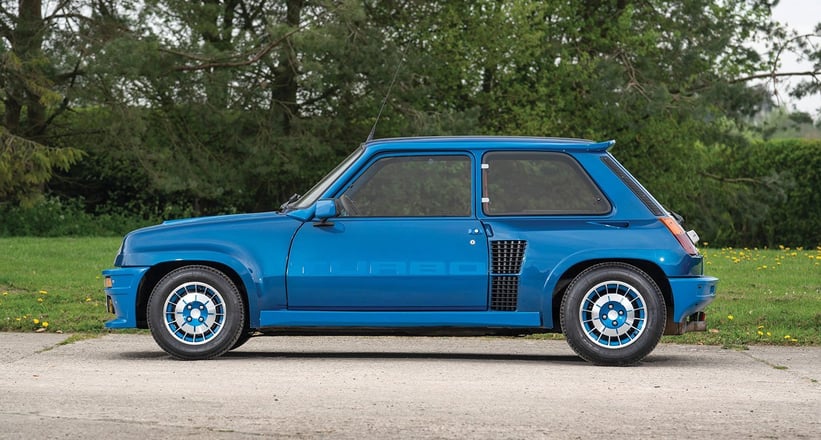
The 1980s was undoubtedly the era when the world went mad for turbos. As the decade dawned, Aston Martin pulled the wraps off its space-age Bulldog that was built with the aim of becoming the first road-legal car capable of 200 mph - and the means of getting there was to bolt two Garrett turbochargers to a tuned Tadek Marek V8. Other exotica to benefit from '80s turbo fever included Ferrari's 288 GTO and its successor, the F40; Porsche's 959, 924 and 944 and the Audi Quattro - and, of course,the luxury barges of Bentley. But, by now, forced induction was not merely the preserve of the wealthy - soon, 'turbo' badges were cropping-up on everything. Humble hatchbacks such as the Renault 5, Fiat Uno and MG Metro were turned into G-force inducing pocket rockets, while Ford won the hearts of boy racers throughout Europe with its XR3 Turbo and, of course, the various versions of its Sierra Cosworth. One of the coolest turbo Fords of all, however, was the Tickford Capri 2.8i, just 85 of which emerged from Aston Martin's coachbuilding works with an £18,000 price tag hanging from the rearview mirror - double the price of a standard 2.8i. And let's not forget the Lotus Turbo Esprit, as driven by 007 in 'For Your Eyes Only', and the even more flamboyant red, blue and chrome Essex edition.
1980s Group B Rally Cars

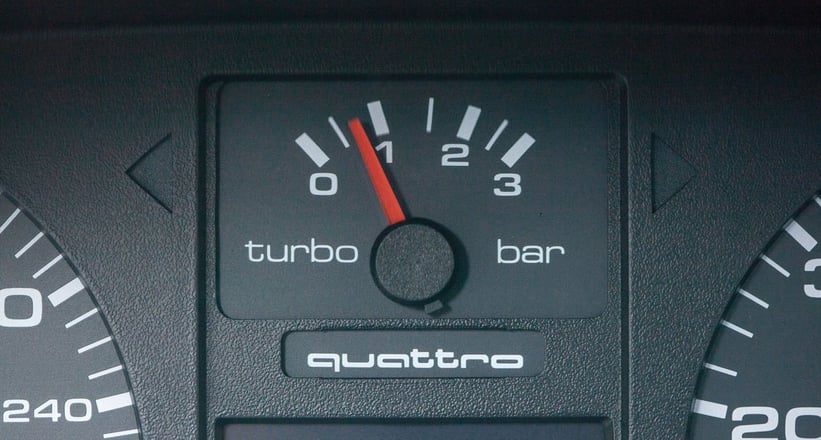

Launched in 1982 and canned in 1986, the 'golden era' of rallying that was Group B will never be replicated in terms of thrills and spills. Why? Because it was more-or-less a no-holds-barred category which allowed manufacturers to use all the high-tech materials they wished to keep weight to a bare minimum - while also being free to turn turbo boost up to '11,' sending power outputs through the roof. The resulting Group B legends included the Audi Quattro (said to have made 600bhp at its peak), Lancia 037 and Delta S4, Peugeot 205 T16, Ford RS200 and Renault's Maxi Turbo. They popped, banged, slipped and slithered their way through the world's most celebrated rallies, spitting fire as they went and sending the crowds wild. But too many accidents in too short a time span, culminating in the deaths of Lancia crew Henri Toivonen and Sergio Cresto in the '86 Tour de Corse, meant Group 4 was, inevitably, banned.
1980s Turbo F1 cars
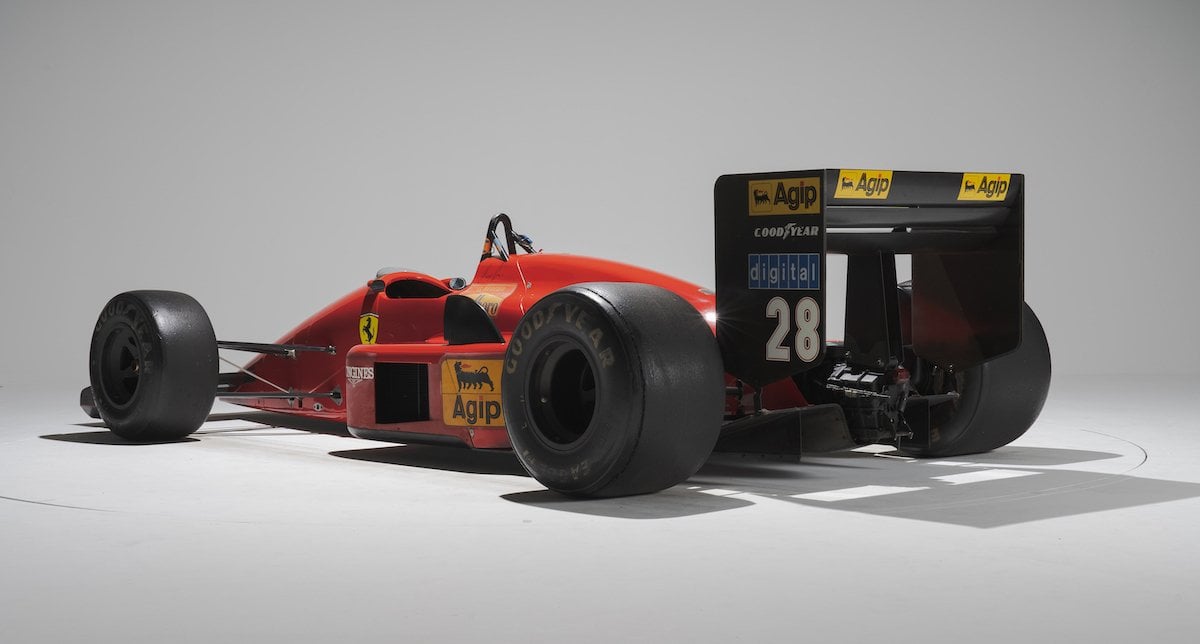
The 1980s will always be remembered as the decade when turbocharging endowed Formula One cars with ludicrous amounts of horsepower - the Gordon Murray-designed Brabham BT52 of 1983, for example, required drivers Nelson Piquet and Riccardo Patrese to tame as much as 1,500 bhp produced by its BMW engine in qualifying trim. But F1's turbo era actually began in 1977, when Renault realised there was nothing to stop it using the Le Mans-winning Gordini V6 turbo in its RS01 grand prix car - so it did. The audacious move well and truly opened the wastegates, with Alan Jones dominating the 1980 season in the Williams turbo, causing Ferrari to join the fray the following year. Brabham came next, then Alfa with a particularly wild V8, until 1985 saw forced induction being used by every car on the grid. To increase reliability on race days, turbo boost pressures were dropped, reducing power to a mere 850bhp-plus - and, by 1988, the FIA had made a rule that 2.5 bar of boost was the maximum allowed. The following year, turbos were banned, largely because the unthinkable had happened: F1 had got too fast.....
1990s
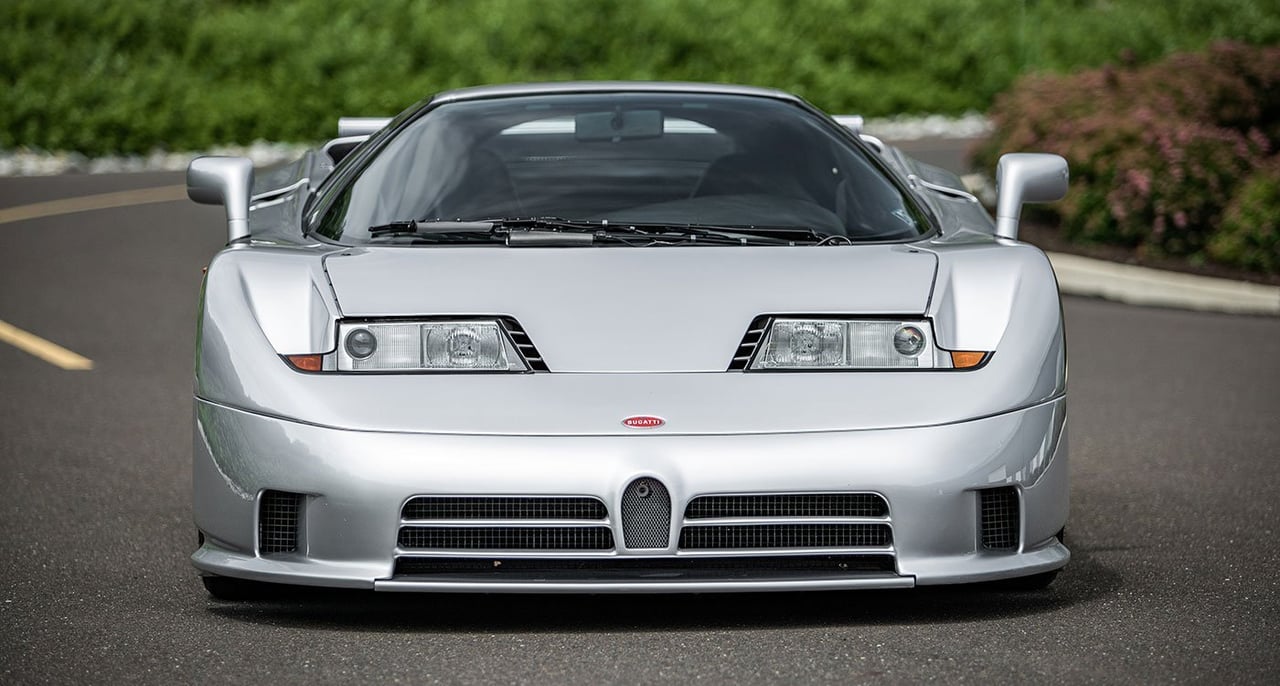
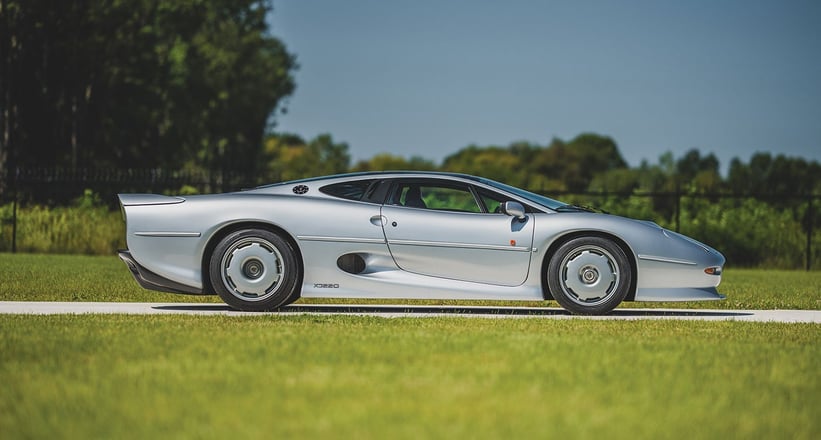
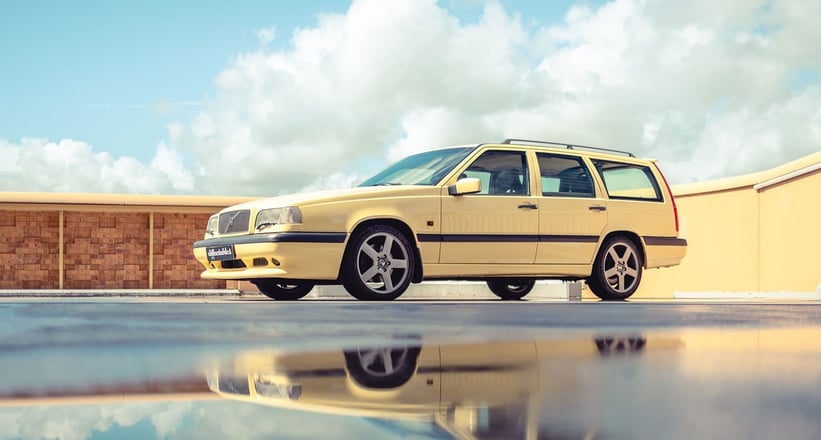
Now that the benefits of a car fitted with two turbochargers instead of just one were plain to see, surely it made sense to double-up again and build a 'quad turbo' engine? The first production supercar to feature such an arrangement was the wondrous Bugatti EB110 which entered production in 1991, the output of its jewel-like, 3.5 litre V12 being boosted to as much as 600 bhp by a quartet of IHI turbochargers. But while the EB110 could trump anything when it came to turbo-count, there was another supercar that was even quicker despite having to make do with 'just the two': Jaguar's XJ220 was sufficiently rapid to set a production car world speed record in 1992, topping out at 217.1mph with 1990 Le Mans winner Martin Brundle at the wheel. The '90s produced a few turbosurprises from more prosaic marques, too. Remember that fabulous Q-ship, the Volvo T5R?
2000s

By the time the noughties arrived, a turbo was deemed more-or-less 'de rigueur' for a performance car - not least because emissions regulations were tightening and forced induction was both a good way of boosting power and of making an engine 'cleaner'. The quad-turbo Bugatti Veyron is perhaps the best example of the leaps and bounds which automotive engineering had taken since turbos had become established 20 years earlier, but there were plenty of other turbo exotics to choose from - think, for example, of the Saleen S7 Twin Turbo and the short-lived Bristol Fighter with an eight-litre, V10 turbo engine claimed to produce more than 1,000 horsepower. Crazy.
Photos: RM Sotheby's / Gooding & Co / BH Auctions / Early 911s / Schaltkulisse / DK Engineering / The Collectables


























